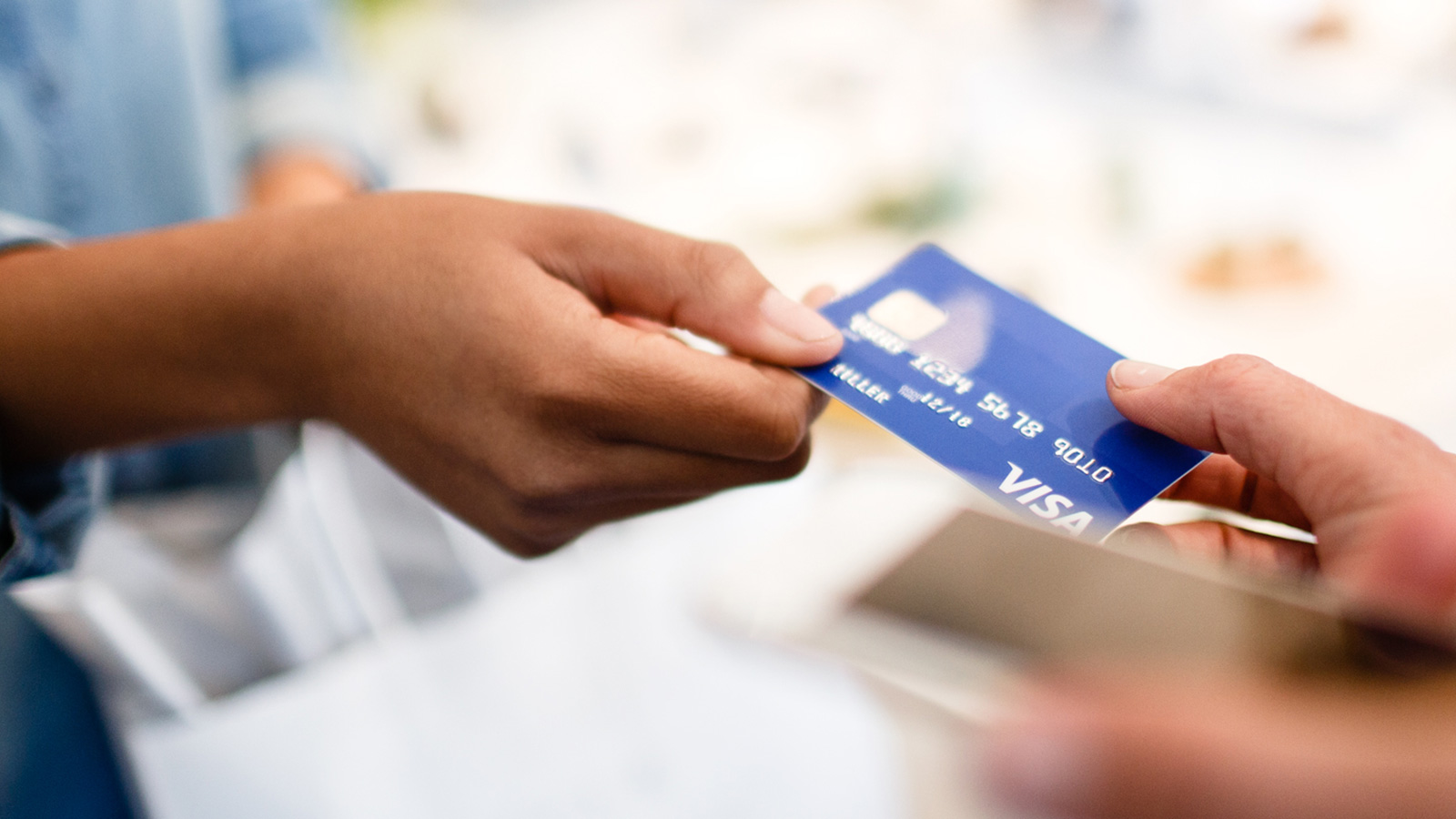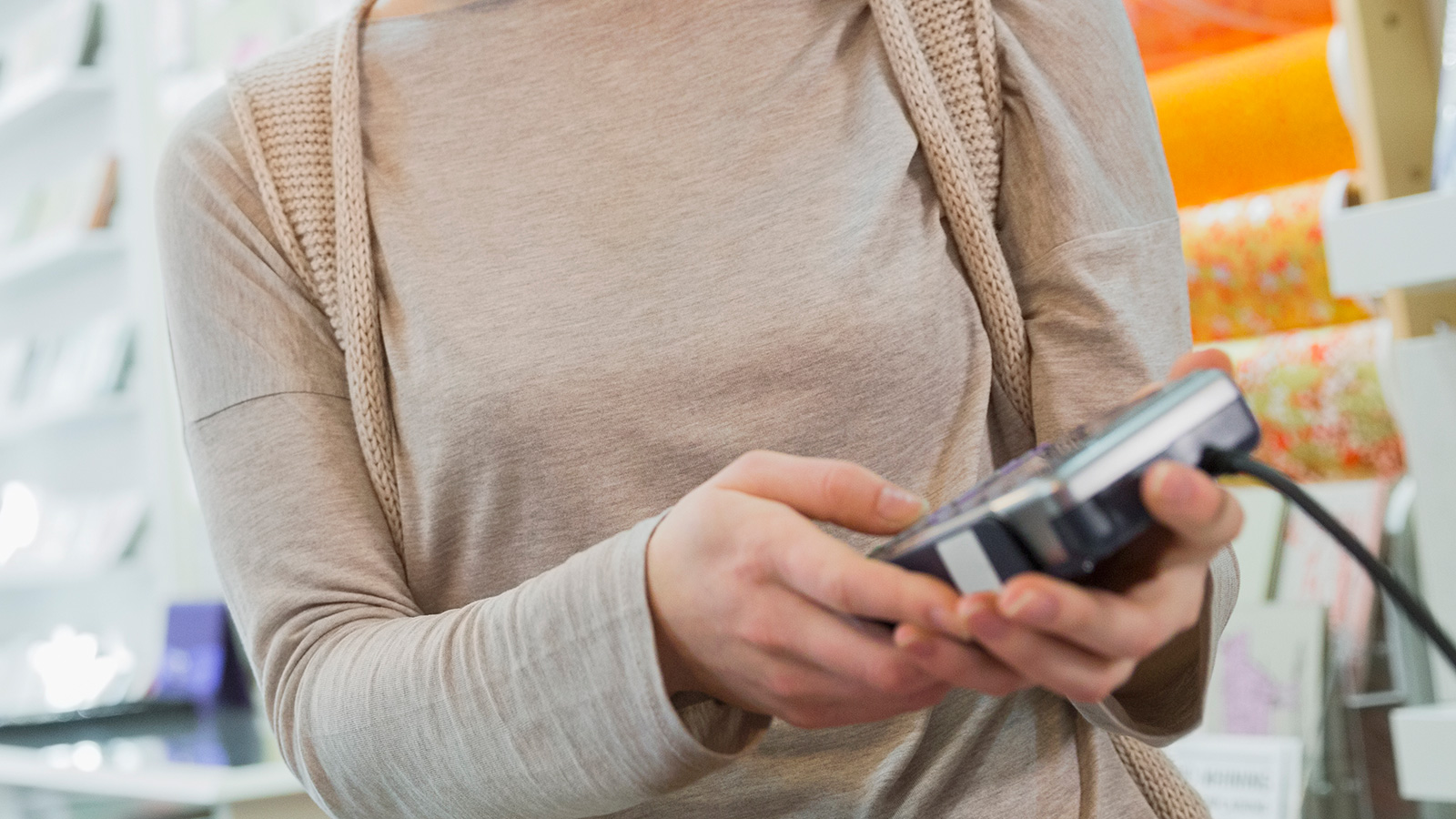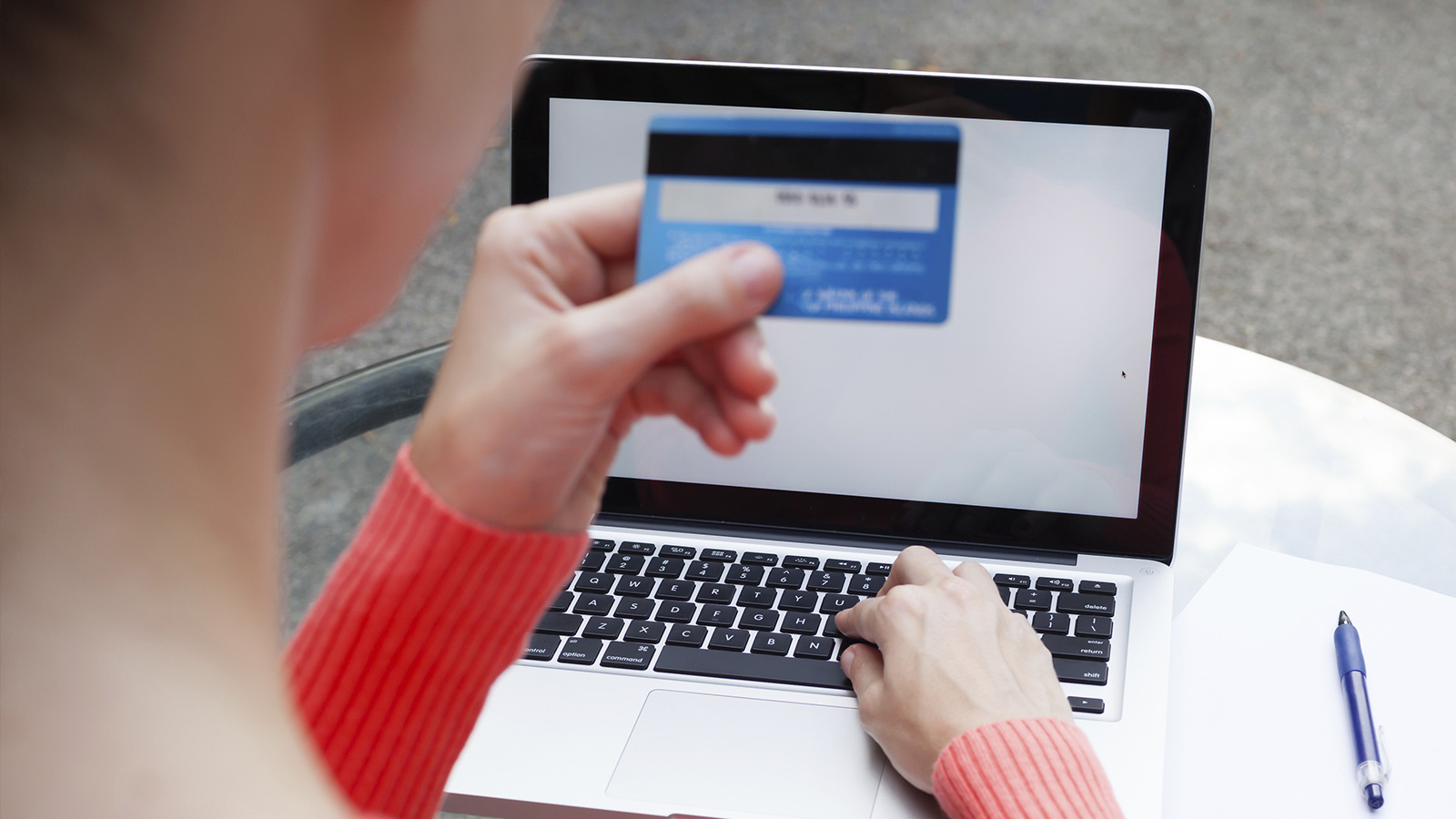Insert the card into a chip-reading device or wave the card in front of a Visa payWave contactless payment terminal to request the transaction authorization.

Protect your business from fraud
Keep your transactions safe.
If you accept cards in person, there are steps you need to take.
Insert the card into a chip-reading device or wave the card in front of a Visa payWave contactless payment terminal to request the transaction authorization.
While the transaction is being processed, check the card’s unique design features and security elements, if possible. Make sure the card is valid and has not been altered in any way.
Adhere to your merchant store procedures and respond accordingly.
Compare the name and last four digits of the account number to those on the transaction receipt.
Take extra precautions when you can’t see the customers’ card. Not all Visa’s card security elements apply to these transactions.
Authorize every transaction, and include the card expiration date in every authorization request.
Use only secure, validated payment applications

A unique, one-time authorization code protects chip card transactions.

The cardholder enters a password to verify their identity, which is confirmed by the card issuer in real time.

Check the billing address with the card issuer.

A three-digit number is imprinted on the signature panel of all Visa cards.

Services for processing online payments, streamlining fraud management, and simplifying payment security.
Trust your instincts! If a sale seems too good to be true, it probably is. We hear all too often that what a merchant thought was a great sale turned out to be fraud. So take the time to check out that huge order that is being shipped halfway around the world to a customer with whom you’ve never done business. A little bit of extra work may protect you from being the victim of a fraud scheme.
Merchants should establish procedures for responding to suspicious transactions. Your sales staff should be familiar with these procedures and receive regular training on them.
Card-Present Merchants
If your sales staff is suspicious of fraud, they should follow the established procedures, which could include asking for identification in accordance with the following rule:
A merchant may request cardholder identification in a face-to-face environment. If the name on the identification does not match the name on the card, the merchant may decide whether to accept the card. If the cardholder does not have or is unwilling to present cardholder identification, the merchant must honor the card.
For suspicious MO/TO transactions, you should:
For suspicious transactions, e-commerce merchants should establish effective procedures for cardholder verification calls. Contacting customers directly not only reduces fraud risk, but also builds customer confidence and loyalty. Your verification procedures should address the need both to identify fraud and leave legitimate customers with a positive impression of your company.
Visa Travelers Cheques are a safer and more secure form of payment than cash and are accepted around the world at millions of locations. But like most forms of payment, criminals can attempt to use counterfeit or stolen travelers cheques to make purchases.

Cybercriminals Targeting Point of Sale Integrators (PDF)
5 Important Visa Rules That Every Merchant Should Know (PDF)